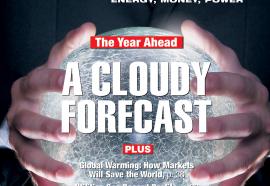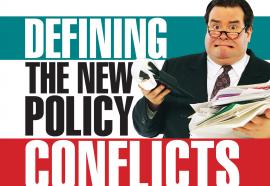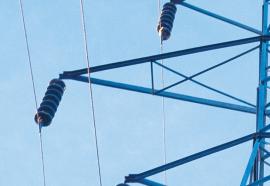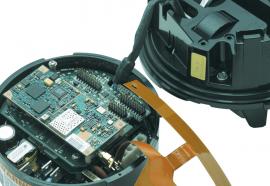Reliability Monitoring: The High-Tech Eye In the Sky
How reliability performance monitoring and standards compliance will be achieved in real time.
The North American electric power grid has suffered several significant outages in recent years. These events and other incidents around the world spotlight the need for enforceable grid-reliability standards, wide-area visibility of the health of the power system, and real-time monitoring of grid-reliability performance to prevent blackouts. Effective reliability management requires real-time tools and technologies that can detect standards violations so that timely corrective or preventive actions can be taken.









